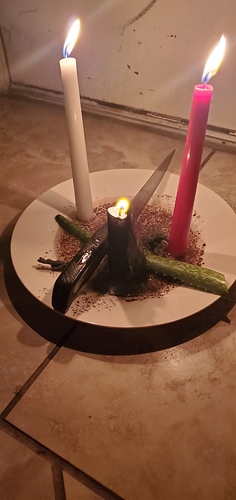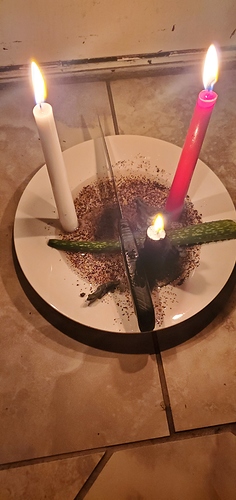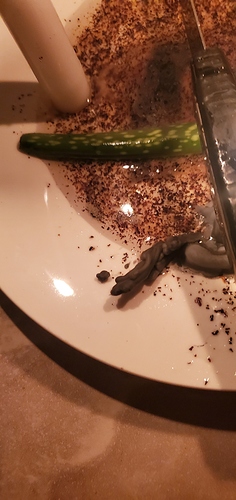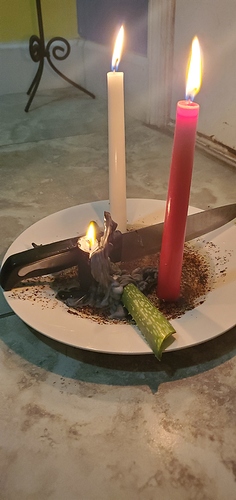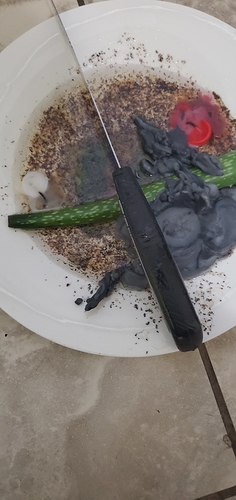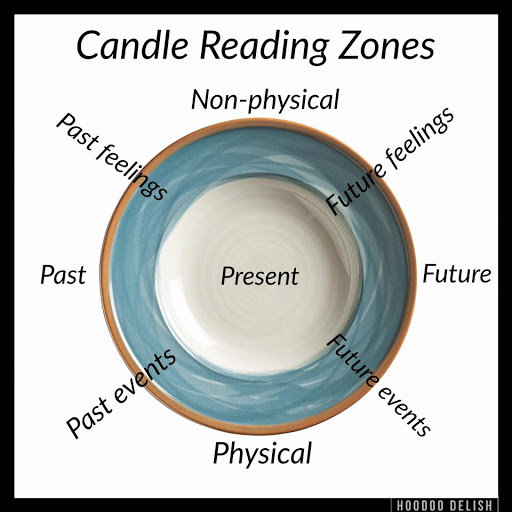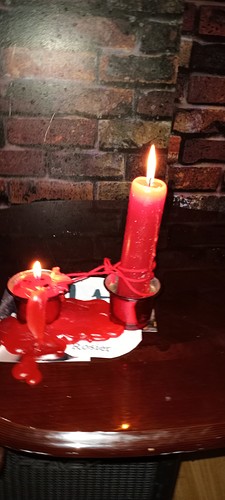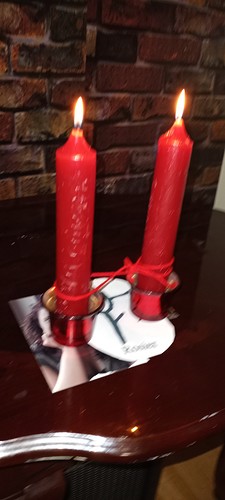In my experience, the color of the candle doesn’t matter as much as the intent. Is it better to use the right colors? Eh. Maybe, but I’ve never been able to purchase black locally, and quite frankly I am not overpaying for essentially the same thing. A good alternative is to make your own, but it is a bit of a science as much as it is an art. I say this because everything from the color to fragrance can be effected by the type of wax and temperatures during melting and pouring. Black is a harder color to produce yourself as well- I usually got deep purples, and it took a lot of work to figure out.
I usually just try to use all the same types of candles from the same sources. I.g. If I am using taper candles, I will buy all the same brand if there are options. I still usually pick the cheapest because for the most part, in my practice candles are tools, and not a necessity. As a tool, I do try to watch how they burn, the direction the smoke travels and to eliminate things like the air conditioner blowing directly on them and influencing the flame and how it burns.
Some of the best candles I’ve used as far as consistent burning, are actually from the dollar tree and come in a pack of four for $1. For a while I lived in a town where we had the dollar tree or wal-mart, so I went with what was working best, and it was cheaper so that pleased me. They usually have several colors, but not lots- whites, yellows, reds, and purples. I don’t usually see pink or orange unless its in a decorative jar of sort. I do sometimes grab those, because the jars are the perfect size for jar work such as honey/war jars, but I use burn them for pleasure, clean the jar and store it till I am ready to use it. I like to get the ones with lids, so that I can burn a votive on top.
Now then as far as this working goes, I don’t see a photo showing before they were burning. It would maybe give some insight but It’s pretty clear these are made differently, possibly from different manufacturers etc. I say it’s clear, because the black candle is white inside, so it’s only coated with black on the outside. Not unusual in my experience with candles, that’s easier to produce than a pure black candle, but it makes it clear they are not the same as the red candle, is red on the inside.
I would tend to lean towards the black candle burnt faster due to the difference in the candles and look more at the was left over, the flame during the burn IF it did anything unusual as well the direction the smoke took when it was done.
I don’t see anything particularly worrisome due to the fact that these were taper candles, and as you said they burned pretty well near clean. My experience with tapers is you will almost always have the trails of tears down the side, they burn faster than votives and often the was at the bottom merges into a blob of colors. I would go with your gut feeling as far as if you feel there is any particular meaning to what is left, it will advise you better than we can. But, here is a little chart, I often use when doing jar work. It’s not perfect, nothing is but it gives you an idea. The only issue is if you forget which side you designated at the front, or moved the working to another location. (I often do if I start something then let it burn alone. I move it to a safer location than the floor of my room, or the table or wherever.)
I don’t remember where I found it, I’ve had it almost two years, but if the source is important a reverse image search should reveal it for you.
